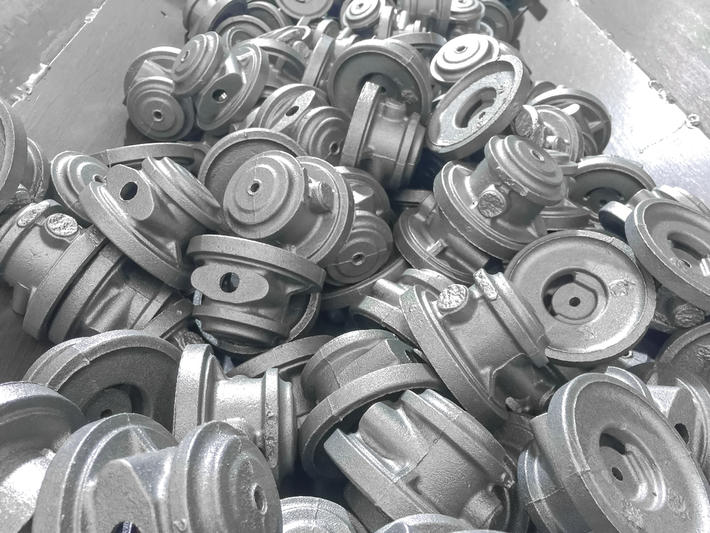
In the third quarter of 2023, the production of Italian foundries is still slowing down
Italian foundries recorded a reduction in production in the third quarter of 2023. This is underlined by the latest economic survey by the Assofond Study Center on data relating to the period July-September 2023. This is the second consecutive quarter of contraction for the sector, whose production levels fell by -5.6% compared to the same period of 2022.
Trend, production and turnover of Italian foundries
In the third quarter, the cyclical change in production (in tonnes) stood at -14.3% compared to the second quarter. The figure, it must be said, is heavily affected by the lower number of days worked in the quarter, which includes the month of August in which, historically, prolonged production stops are concentrated for summer holidays and scheduled plant maintenance.
The comparison with the same period of 2022 is therefore more significant, the data for which is decidedly less negative although decreasing: the trend change was in fact -5.6%.
82.5% of the companies that responded to the questionnaire reported a drop in production but, confirming what was highlighted above, over 50% of the responses indicated the lower number of days worked as the main reason for the performance; however, orders and orders acquired are also decreasing in 38.6% of the responses.
Even from the point of view of turnover we are witnessing similar dynamics, with a cyclical decline of -14.8% compared to the previous quarter, which is reduced to -6.6% if we compare the revenues of the July-September period with those of the same quarter of the previous year.
The percentage of companies reporting a reduction in turnover is identical to that which highlights a drop in production (82.5%) and the absolute majority of them indicate a reduction in quantities shipped as the main reason for the contraction (63.8%).
Sectoral dynamics of Italian foundry production in the third quarter of 2023
The negative sign in the production dynamics unites the two groupings into which the foundry sector is traditionally divided: that of ferrous metals, i.e. cast iron and steel, and that of non-ferrous metals, i.e. aluminium, zinc, copper and other alloys.
The downward trend is more marked in non-ferrous foundries (-10.5%, compared to -3.8% in ferrous ones), but, on the economic situation, the negative dynamic is more accentuated in the latter (-15.1%).
Also from the point of view of turnover, non-ferrous metal foundries show the worst performances in terms of trend variation: although less marked than in the second quarter, the trend loss of companies in this sector explains a large part of the overall loss of the sector and reaches -11.2% in the third quarter of 2022. The decline in ferrous metal foundries, however, stops at -4.6%. Even at a cyclical level, the non-ferrous foundry sector suffers a more marked loss: after -6.5% in the second quarter compared to the first, in the third it reaches -16.3% compared to the second; in ferrous foundries, the loss of turnover in the second quarter reaches -14.1%.
A sector that goes against the trend: the performance of steel foundries
The less negative performance of ferrous compared to non-ferrous is mainly due to the performance of steel foundries, which recorded positive results on a trend level both in terms of production (+16% compared to the same quarter of 2022) and turnover (+19, 2% compared to the same period of the previous year). This dynamic may depend on the fact that a portion of the products produced by these companies is destined for the so-called defensive or anti-cyclical sectors (that is, as opposed to those that have a cyclical nature). These are industrial sectors that hold up better in phases of slowdown or during a recession, but on the other hand perform less brilliantly in phases of recovery or expansion of the economy. Nonetheless, even for steel foundries the situation is negative (due, as mentioned, mainly to the lower number of days worked) and the trend curve reverses course compared to the trend of the second quarter.
Source: In Fonderia – ll magazine dell’industria fusoria italiana


